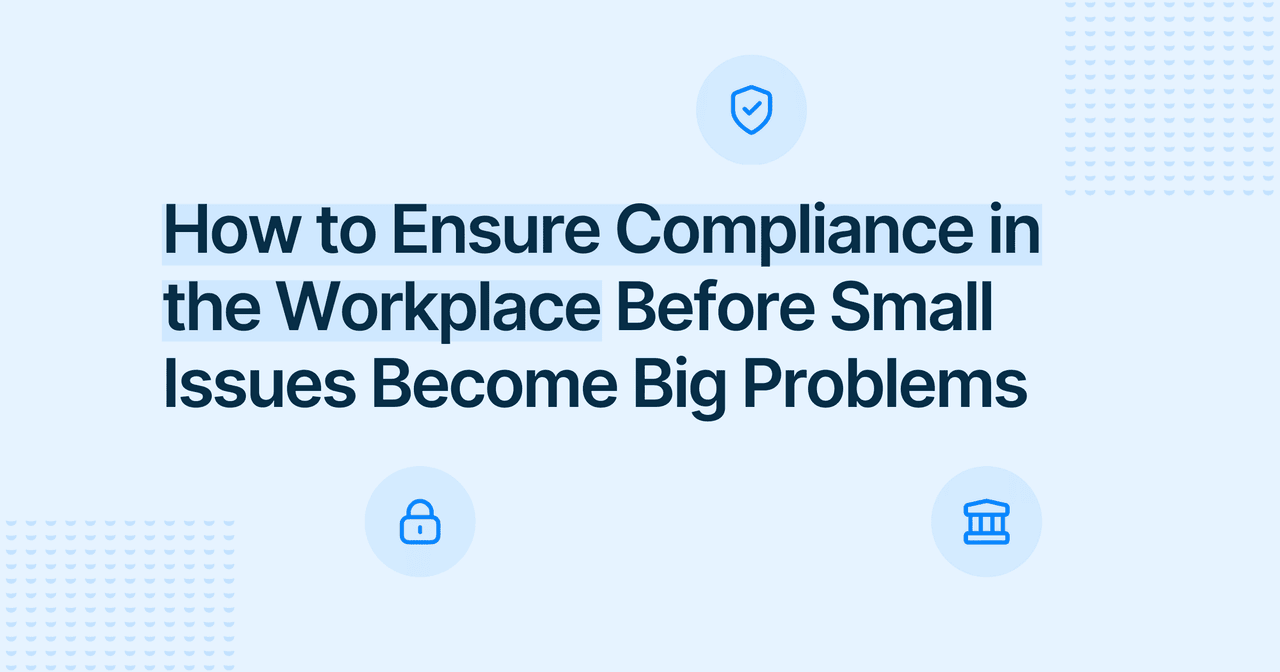



Discover the benefits of a transparent organization!
Try our free platform and strengthen the culture of openness in your team.
Workplace Environment

Yeva Bartkiv
Copywriter
Published
2025-05-30
Reading time
6 min


Table of contents
Subscribe to our newsletter
In today’s fast-paced and ever-evolving workplace, understanding how your employees truly feel is no longer a luxury – it's a necessity. Companies that fail to prioritize employee sentiment risk losing their top talent, facing disengagement, and suffering from a poor company culture. That’s where employee satisfaction surveys come in. These structured tools are the key to unlocking real-time insights into what drives, motivates, or frustrates your workforce.

A robust employee satisfaction survey helps HR teams and business leaders measure employee engagement, identify gaps in employee experience, and create actionable plans to foster a healthy, productive work environment. In this comprehensive guide, we’ll dive deep into the purpose, design, execution, and analysis of employee satisfaction surveys. You’ll also find valuable templates and examples – ensuring your survey efforts lead to genuine, measurable improvements.
So, why conduct an employee satisfaction survey? At its core, this type of survey provides an honest look at your workforce’s well-being and job satisfaction. It reveals the emotional and psychological undercurrents that impact performance, collaboration, and retention.
A well-designed survey of employee satisfaction offers more than just data. It builds a culture of feedback – where employees feel heard and valued. It can shine a light on issues before they escalate and help create a proactive environment focused on growth and continuous improvement.
The key benefits include:
The foundation of any successful survey is the quality of the questions you ask. Poorly designed surveys can lead to unclear responses, survey fatigue, or even disengagement.
To get actionable insights, use a mix of question types:
Use these employee satisfaction survey questions to get started:

Getting survey responses is half the battle. The other half is ensuring that those responses are honest and thoughtful. To achieve both:
Choosing the right employee feedback tool can make or break your survey strategy. Here’s a breakdown of top tools and their unique features:
A modern platform built for anonymity and actionable insights.

Built for employee engagement, with a research-backed framework.
A flexible tool for general surveys with a strong brand reputation.
A top choice for frequent pulse surveys and team check-ins.
Collecting data is only step one. You need a strategy to translate employee feedback into impactful change. Here’s how:

Here's a ready-to-use employee satisfaction survey template:
Instructions: Indicate your level of agreement using the scale: Strongly Disagree – Strongly Agree.
You can use this template to kickstart your employee satisfaction survey online or embed it in employee satisfaction survey tools like FaceUp or Culture Amp.
Surveying is only part of the solution. To create lasting impact:
What is the purpose of an employee satisfaction survey? It’s to create a workplace where everyone feels empowered, valued, and motivated to succeed. These surveys don’t just measure satisfaction – they build bridges between leadership and team members, foster transparency, and align your company goals with employee needs.
Satisfied employees lead to a thriving company culture, improved retention, and higher engagement. With the right employee satisfaction survey software, clear survey questions, and a meaningful action plan, your organization can continuously evolve in response to what matters most – your people.
Whether you're onboarding new hires, supporting professional development, or exploring new initiatives, employee satisfaction surveys offer a roadmap for improvement.
Try FaceUp today – a platform that combines anonymous feedback, real-time analytics, and customizable templates to help you design, deploy, and act on your next employee satisfaction survey.




Try our free platform and strengthen the culture of openness in your team.
Keep Reading

Alaa El-Shaarawi2025-12-048 min
Legal & Compliance

Alaa El-Shaarawi2025-12-037 min
Legal & Compliance

Alaa El-Shaarawi2025-12-029 min
Legal & Compliance

Alaa El-Shaarawi2025-12-017 min
Employee Relations